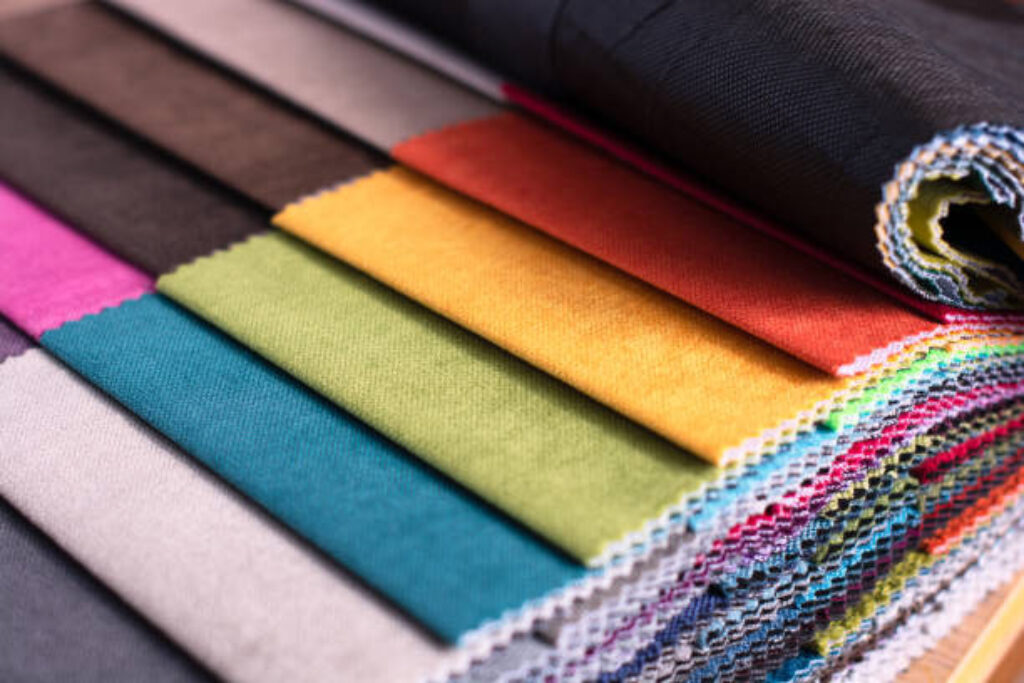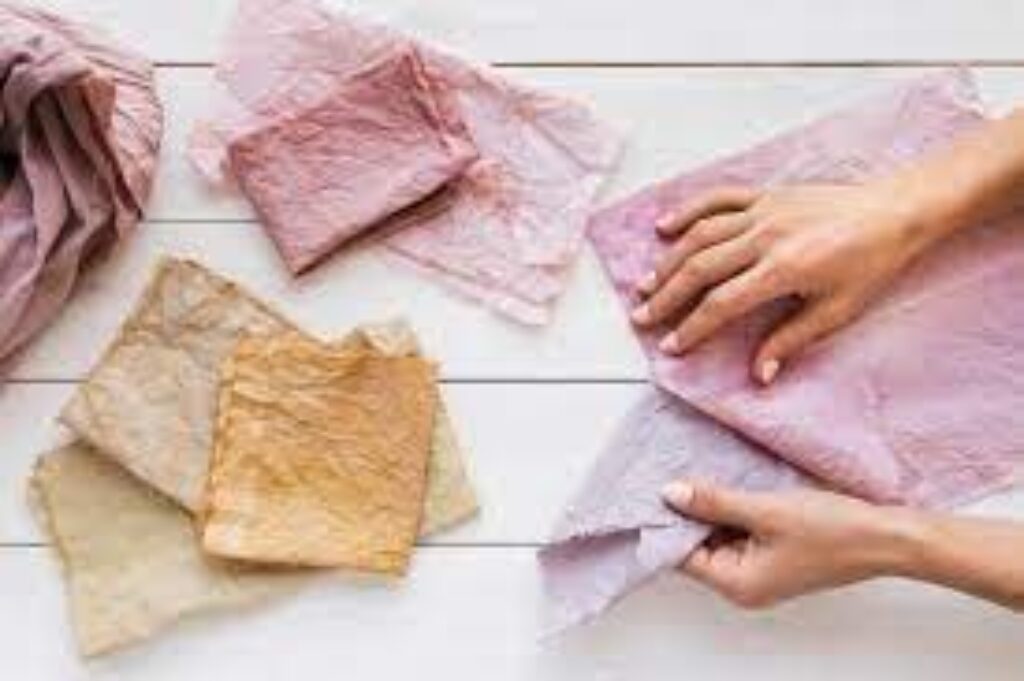
Innovative fabrics are gaining popularity in fashion
In an era where sustainability, performance, and technology intersect, the fashion industry is undergoing a radical transformation—one stitch, fiber, and filament at a time. Traditional textiles like cotton, wool, and polyester are no longer the only players on the runway. Innovative fabrics—engineered to reduce environmental impact, enhance wearer comfort, or integrate digital functionality—are rapidly gaining popularity. From mushroom-based leather alternatives to smart textiles that monitor health metrics, these breakthrough materials are redefining what we wear and, more importantly, how we think about clothing.
Sustainable Alternatives: Beyond Vegan Leather
One of the most talked-about developments in eco-friendly fashion is the rise of plant- and fungus-derived leathers. Piñatex, made from pineapple leaf fibers, and Mylo, a leather-like material grown from mycelium (the root structure of mushrooms), have captured the imagination of luxury brands and sustainable startups alike. These alternatives offer the familiar look and feel of animal leather without the ethical and environmental baggage. Stella McCartney, a long-time champion of cruelty-free luxury, recently unveiled a handbag line crafted from Mylo, signaling that mushroom leather has crossed from niche experiment to high-end staple. Similarly, innovations like apple-skin leather—made from the waste of juice and cider production—are turning byproducts into coveted accessories, closing resource loops in the process.
Recycled and Regenerated Fibers

Recycling has leaped beyond plastic bottles into the realm of high-performance textiles. Regenerated nylon (often branded as ECONYL) and recycled polyester are now widely used in activewear and outerwear, turning discarded fishing nets, carpet fluff, and post-consumer waste into sleek, durable fabrics. Patagonia and Adidas have championed these materials in their outdoor and athletic collections, proving that recycled fibers can compete head-to-toe with virgin synthetics. Even denim brands are embracing regenerated cotton, blending it with stretch fibers to create jeans that feel and wear like traditional denim but carry a fraction of the carbon footprint.
Smart Textiles: Fashion Meets Function
Beyond sustainability, technology-infused fabrics are ushering in a new era of “connected” fashion. Conductive threads woven into garments can monitor heart rate, track posture, or even adjust insulation in response to temperature changes. The University of Manchester’s graphene-enhanced fabrics, for instance, offer exceptional thermal conductivity, making them ideal for adaptive sportswear that keeps athletes at an optimal temperature. Meanwhile, e-textiles embedded with flexible circuits enable garments that light up, change color, or interface directly with smartphones. While still in their early stages, these smart textiles hint at a future where clothing not only adorns but also interacts, heals, and enhances human performance.
Performance Textiles: Comfort, Durability, and Beyond

Athletic and outdoor brands are also pushing the envelope with new performance weaves. BioSport, a polyester spun with naturally antimicrobial properties, reduces odor without chemical treatments. Phase-change materials—originally developed for NASA—are now engineered into fibers that absorb, store, and release heat to stabilize body temperature. At the same time, freeze-dried aerogel coatings are making windbreakers lighter and more insulating than ever before. These advanced materials address the demands of extreme environments, whether scaling alpine peaks or enduring marathon training, by offering next-level comfort and protection.
The Road Ahead
As these innovative fabrics move from lab benches to production lines, the industry faces practical challenges—scalability, cost, and consumer education among them. However, the momentum is undeniable. Major fashion houses are launching capsule collections, start-ups are attracting significant venture capital, and consumers are increasingly receptive to higher-priced, tech-enabled clothing that promises both performance and a smaller environmental footprint.
The convergence of material science, ethical responsibility, and digital technology is setting the stage for a truly transformative decade in fashion. As designers continue to experiment and brands invest in sustainable supply chains, the fabrics of tomorrow will be as groundbreaking as the silhouettes they drape. Whether it’s a mushroom-grown handbag, a yoga top that monitors heart rate, or a winter jacket that adapts to your body heat, innovative textiles are reimagining the boundaries of style, function, and conscience—thread by revolutionary thread.








